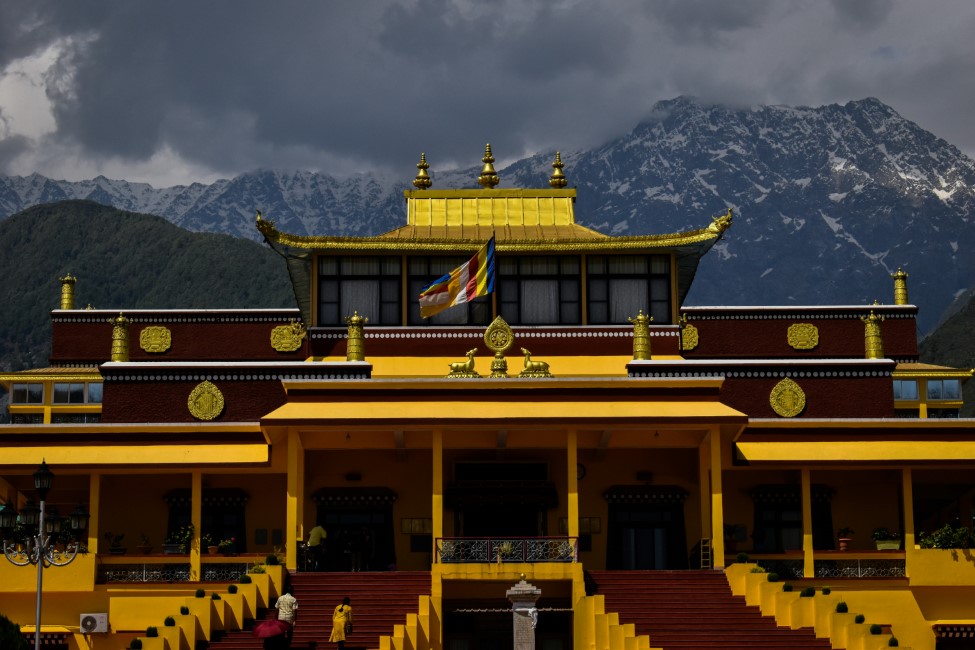Himachal Pradesh’s stunning beauty and diverse terrain make it one of India’s most visited hill states. From snow-capped mountains to remote villages, travel here is rewarding—but also demands awareness of altitude, weather, and local customs. Here are essential travel tips to ensure a safe, smooth, and respectful journey through Himachal.
1. Prepare for Changing Weather
Why read this: Himachal’s weather can shift quickly due to altitude changes—sunshine in one valley, snowfall in another.
Do: Pack layers, including thermals, waterproof jackets, and warm caps—even in summer.
Don’t: Assume daytime warmth means you won’t need winter gear later.
Final tip: Always carry a rain cover and extra socks while trekking.
2. Respect Local Culture and Religion
Why read this: Many regions are home to deep-rooted Buddhist, Hindu, and tribal traditions.
Do: Dress modestly, remove footwear before entering temples and monasteries, and ask before taking photos.
Don’t: Touch religious statues or objects without permission.
Final tip: Learning basic local greetings like “Julley” in Spiti or “Namaste” goes a long way.
3. Stay Hydrated and Eat Light at High Altitudes
Why read this: Sudden altitude changes can cause fatigue, headaches, or nausea.
Do: Drink water regularly, eat light meals, and rest on arrival at high-altitude areas like Spiti or Rohtang.
Don’t: Drink alcohol or overeat when ascending to elevations above 2,500m.
Final tip: Carry ORS or glucose packets during high-altitude travel.
4. Travel Insurance and Health Precautions
Why read this: Remote areas often lack advanced medical facilities.
Do: Carry your own medical kit and get travel insurance if planning treks or adventure sports.
Don’t: Ignore altitude sickness symptoms—seek help if breathless, dizzy, or disoriented.
Final tip: Note the location of the nearest hospital or army post in remote regions.
5. Book Accommodations and Permits in Advance
Why read this: Himachal sees seasonal surges in tourism and some places require official permits.
Do: Reserve hotels, buses, and taxis ahead during summer and snow season.
Don’t: Expect last-minute availability in places like Manali, Kasol, or Spiti.
Final tip: Foreign nationals need permits for certain areas like Kinnaur and Spiti—check beforehand.
6. Be Cautious on Mountain Roads
Why read this: Curved, narrow roads and landslides are common in Himachal’s terrain.
Do: Hire experienced local drivers and travel during daylight.
Don’t: Use mobile phones while driving or overtake on blind turns.
Final tip: Always check road and weather conditions before long drives, especially after rains.
7. Avoid Plastic and Keep the Environment Clean
Why read this: Himachal is eco-sensitive, and plastic use is banned in many districts.
Do: Carry reusable bottles and bags, and dispose of waste properly.
Don’t: Leave trash at trekking trails, forests, or riversides.
Final tip: Support local eco-lodges and sustainable travel initiatives.
8. Carry Cash and Stay Connected
Why read this: ATMs and mobile networks are scarce in remote valleys.
Do: Withdraw enough cash in major towns and inform family before going off-grid.
Don’t: Depend solely on cards or online payments.
Final tip: BSNL and Jio work best in high-altitude regions like Spiti and Kinnaur.
9. Choose the Right Season Based on Activity
Why read this: Each season in Himachal offers unique experiences—but not all places are accessible year-round.
Do: Visit for snow in winter, trekking in summer, or photography in autumn.
Don’t: Attempt remote travel during peak monsoon (July–August).
Final tip: Some regions like Rohtang and Spiti close due to snow—check ahead before planning.
10. Travel Slow and Stay Aware
Why read this: Himachal’s charm lies in its villages, trails, and rhythms—not just sightseeing checklists.
Do: Spend a few days in each place, interact with locals, and explore on foot.
Don’t: Rush through multiple destinations in a short span.
Final tip: Slow travel will leave you with deeper memories and fewer hassles.
Feature Image:- Photo by Surya Janwed on Unsplash

